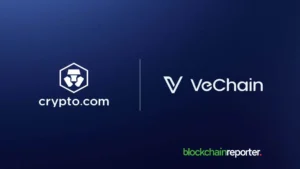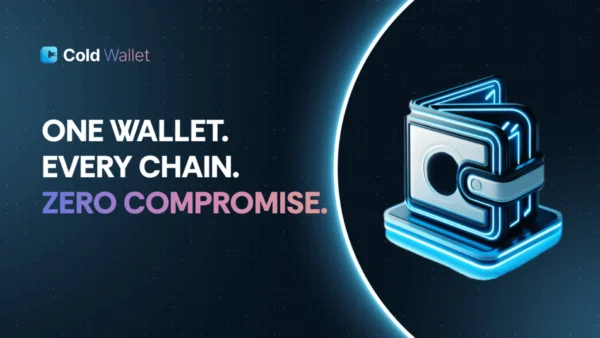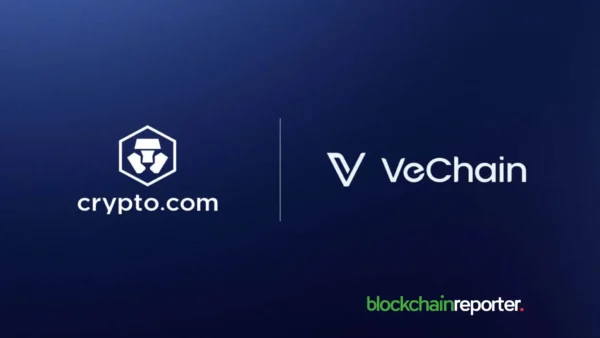
It is no secret that the need for data immutability and privacy — especially when it comes to enterprise blockchain solutions — has risen quite dramatically in recent years. That said, when it comes to this space, no company has taken larger strides than ParallelChain, a platform providing enterprise-grade solutions for businesses and organizations looking to incorporate blockchain technology into their existing operations.
To elaborate, ParallelChain uses a patented consensus mechanism called Proof-of-Immutability (PoIM) that allows it to achieve data immutability and privacy alongside two other patents related to blockchain processing and transaction platforms. The latter two have been devised to address problems of scalability and performance plaguing many of today’s large-scale decentralized systems.
This article will examine how ParallelChain solves these challenges. So without any further ado, let’s jump straight into the heart of the matter.
Parallel Blockchain Processing — A Deep Dive
In its most basic sense, ParallelChain Enterprise is a blockchain ecosystem that emphasizes data transactions to maintain its functional and operational efficacy. It is a fast and secure distributed ledger prioritizing performance while ensuring enterprise systems’ privacy and agility.
In contrast to public and private blockchains, where miners or validators independently validate blocks, ParallelChain Enterprise’s novel validation processes uses a hierarchical setup involving coordinator nodes, quorum managers, and quorum nodes. A quorum represents the minimum number of members needed to conduct or initiate business within a group. In the context of block validation, the quorum represents the number of votes required to reach a specific threshold before approving a block.
The validation process begins with submitting multiple project documents or blocks. A pool of trusted nodes is then selected to create groups or quorums for each document. Among them, a project manager or quorum manager is selected, and the group votes to approve the document. The project manager tallies the votes, and a certain number of votes are needed to reach the approval threshold. Once validated, the project managers send the files to the blockchain’s corresponding coordinator node.

If a block is found to be invalid, a new team is formed from the pool of trusted nodes, and they take a second vote on the document with a higher threshold than the first team. If the block still does not pass the vote, the project leader pauses all document approvals for that specific project. This means that the coordinator node instructs all participating nodes to stop validating a specific number of blocks from the invalid block.
Thanks to a quorum of trusted nodes that validate incoming transactions, the validation process is shortened considerably. This contributes to ParallelChain Enterprise’s near-instantaneous transaction speed of 130,000 TPS per chain, with a 3-millisecond latency in transaction confirmation. Moreover, it results in virtually unlimited network scalability while supporting a large ecosystem of participants without any issues.
A Platform Providing Enhanced Scalability, Testability, and Usability
Creating a functional network of transaction platforms — that is both decentralized and scalable — requires three key components. This includes a module that keeps data blocks small, a quorum to validate the blocks, and another system with a multi-network of node members. ParallelChain’s patented Blockchain-Based Transaction Platform With Enhanced Scalability, Testability, and Usability achieves all three of these objectives.
To this point, ParallelChain’s patented technology keeps transactions to a minimal size by truncating old blocks into subsequent newer blocks. The blockchain truncation is accomplished through a process called ‘Ageing,’ where previous blocks are trimmed after blocks beyond a certain timestamp cross an indicated timeframe that is agreed upon using quorum voting.
Only essential information about these blocks is selected and added to newer blocks, allowing for a large reduction in the amount of storage space needed for a firm’s day-to-day transactions and data operations. Not only that, it also improves the speed and transactional capacity of the enterprise chain in question without compromising on its traceability or immutability.
Lastly, to achieve a decentralized multi-node system, each participant within the closed network is required to install a blockchain client software that contains essential functional components such as the membership manager and quorum manager. Each node utilizes its physical hardware to store a copy of the blockchain.
Looking Ahead
ParallelChain’s innovative approach to enterprise blockchain provides solutions to some of the most pressing issues in the industry, including performance, scalability, and privacy. By combining its patented Proof-of-Immutability concept with Parallel Blockchain Processing and its Blockchain-Based Transaction Platform With Enhanced Scalability, Testability, and Usability, the project has helped establish a digital ecosystem that is not only secure and immutable but also swift and scalable.









